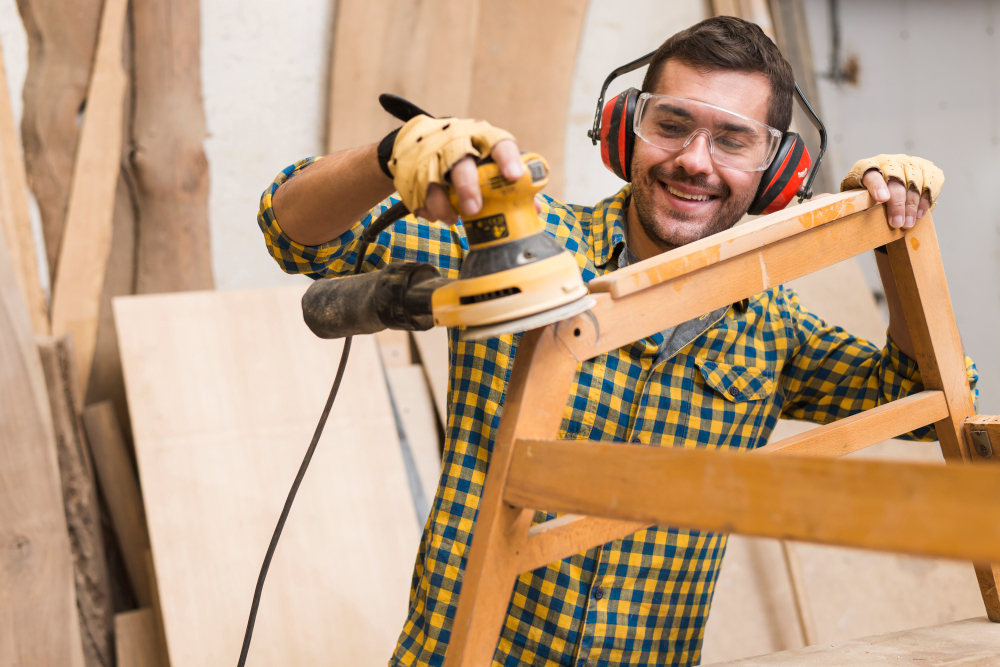Timber: A Versatile Choice for DIY Home Improvement Projects

When it comes to DIY home improvement projects, one material stands out as a timeless favourite – timber. Timber, also known as wood, has been a trusted building material for centuries, offering a wide range of benefits that make it a go-to choice for DIY enthusiasts. In this article, we will explore the various uses of timber in home DIY projects, highlighting its versatility, sustainability, and cost-effectiveness.
Versatility of Timber
Timber is renowned for its versatility in home DIY projects. Whether you’re a seasoned woodworker or a beginner looking to tackle your first project, timber offers a wide array of options to suit your needs. From simple shelving units and garden benches to more complex projects like building a deck or a treehouse for the kids, timber can be easily adapted to meet various requirements.
One of the most common uses of timber in DIY projects is for creating furniture. With the right tools and a bit of creativity, you can craft custom-made tables, chairs, cabinets, and bookshelves that match your style and space. Timber’s natural beauty and ease of manipulation make it an ideal choice for these types of projects.
Sustainability and Eco-friendliness
In an era where sustainability is a top concern, timber emerges as an eco-friendly choice for DIY enthusiasts. When sourced responsibly, timber is a renewable resource. Sustainable forestry practices ensure that trees are replanted, maintaining a balance between harvesting and growth. By using timber in your DIY projects, you can contribute to a greener environment.
Another eco-friendly aspect of timber is its energy-efficient production process. Compared to materials like concrete and steel, timber requires less energy for manufacturing, reducing its carbon footprint. Additionally, timber can be locally sourced, further minimizing transportation-related emissions.
Cost-Effectiveness
For many DIY enthusiasts, budget constraints are a significant consideration. Timber often proves to be a cost-effective choice for various projects. Its affordability is particularly evident when compared to alternative materials like metal or composite materials.
Additionally, timber is easy to work with, which can save you money on labour costs. With the right tools and skills, you can cut, shape, and assemble timber components without the need for specialized machinery or professional help.
Timber Joist Size for Structural Integrity
When undertaking DIY projects that involve structural elements, such as building a deck or a pergola, selecting the appropriate timber joist size is crucial. The joists are the horizontal beams that provide support and stability to the structure. Choosing the right size ensures the structural integrity of your project.
The size of timber joists you need depends on the span they will cover and the load they will bear. For smaller DIY projects like a garden shed or a raised bed, smaller joists, typically 2×4 or 2×6 inches, may suffice. However, for larger projects like a deck, it’s essential to consult local building codes or a structural engineer to determine the appropriate size for the joists to ensure safety and compliance.
Conclusion
Timber’s versatility, sustainability, cost-effectiveness, and aesthetic appeal make it an excellent choice for a wide range of home DIY projects. Whether you’re constructing furniture, creating outdoor structures, or simply adding finishing touches to your home, timber can meet your needs while contributing to a greener, more sustainable future.
When working with timber in structural projects, always ensure that you select the appropriate timber joist size to maintain the integrity and safety of your DIY creations. With the right tools, knowledge, and a bit of creativity, timber can transform your home improvement dreams into reality, all while leaving a positive impact on the environment. So, the next time you embark on a DIY project, consider timber as your trusted companion in craftsmanship.


